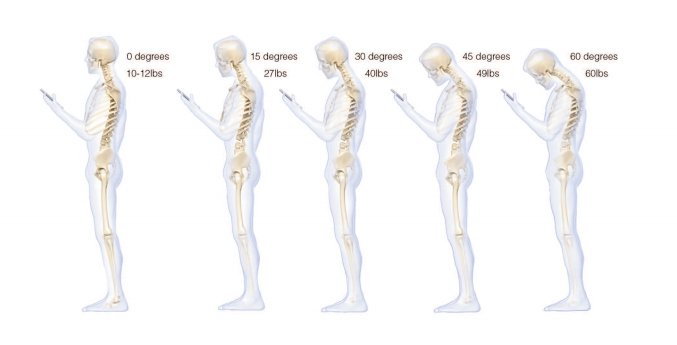Two deeply transformative phenomena of contemporary life were born almost at the same time just over a decade ago. In September 2006, Facebook [NASDAQ: FB] went live to anyone with a valid email address; and in January 2007, the first iPhone was launched by Steve Jobs’ now-famous keynote address at the MacWorld conference. The years since have seen a then-unimaginable shift as mobile devices worked their way deeply into our daily lives, and as social media came to frame and shape our relationships with family, politics, and the wider world. Social media and mobile technology together have defined much of the economic and cultural trajectory we’ve experienced since these launches.
We are not Luddites or pessimists by any stretch of the imagination. As analysts and investors our first desire is to understand, and we have a broadly optimistic view of human beings and the progress of human history. When we look at history, we see tragedy, but we also see indomitable human will for the good slowly working forward towards life that is freer and richer in possibilities. That work includes technology, which even in our lifetimes has helped ameliorate untold human suffering and want, and has helped lift billions out of poverty and hunger. We are grateful, as global citizens and as investors, for human ingenuity and for the societies in which human rights, the rule of law, and the respect for property have allowed that ingenuity to flourish.
However, the rise of mobile devices and social media, like other technological shifts before them, has brought negatives as well as positives. It’s important that we take stock of those negatives as potential investors in these companies, so that we can frame a balanced view — particularly of the direction of prevailing social and regulatory opinion.
What are some of those negatives? They fall into effects on both mental and physical health. Some mental health negatives potentially associated with mobile devices and social media include:
- Attention deficit hyperactivity disorder (ADHD). One study suggests that children with more than two hours of screen time per day were eight times more likely to be diagnosed with ADHD.
- Depression. One study suggested that teenagers who spent more than five hours per day on a mobile device were 71% more likely to have a suicide risk factor than those who spent less than an hour a day.
- Sleep disorders. One study suggested that more screen time can lead to sleep problems due to the suppression of melatonin caused by blue light.
- Addiction. Internet addiction was linked in one study to damage to brain regions involving emotion, attention, and decision making. As tech critic Jaron Lanier has observed, many social media applications were designed by the same teams that develop gambling machines — and with a similar bias to provoking continued engagement at all costs.
- Poor self image. Several studies have suggested a link between social media exposure in young people and the demand for medical aesthetics.
Some physical health issues associated with mobile devices and social media include:
- Eye diseases. Studies suggest correlations between smartphone usage and the development of myopia in children, the development of dry eye disease, and the development of AMD (macular degeneration).
- Obesity and diabetes. One study of U.S. teens suggested that those who had more than five hours of screen time per day were 43% more likely to be obese than those with less screen time. Obesity and diabetes are closely correlated.
- Back and neck pain. Studies suggest a correlation between smartphone ruse and rising occurrence of back and neck pain, as well as a greater incidence of migraine headaches.
- Hearing loss. A World Health Organization study suggested that nearly half of people between 12 and 35 years old expose themselves to unsafe noise levels from smartphones and portable music players.
Your Mom’s Probably Right: Hunching Over That Phone Might Be Causing Your Neck Pain

Needless to say, as we noted above, correlation is not causation. We’re pointing out research, not suggesting a lock-step connection between tech use and these negative health outcomes. However, this is research that others are reading as well — individual investors, institutions, and regulators. That means that eventually, if the results persist, it’s likely to find its way into stock performance.
As these negatives have attracted more scientific and regulatory attention, many tech leaders have implemented changes in an attempt to address them. Apple [NASDAQ: AAPL] has introduced functionality in the iPhone to allow consumers to track their overall usage and time spent on particular apps, place restrictions on their own and their childrens’ usage, and silence the notifications that tempt users to over-engage. Facebook [NASDAQ: FB] has pivoted away from a pattern that drives user engagement through an enticing (or infuriating) news feed, and towards a greater prevalence of “friends and family” posts.
Investment implications: The public, tech companies, and regulators are all becoming increasingly aware that the benefits of tech adoption come with some potential negatives to users’ health, both physical and psychological — particularly for children and teens. This will be a significant area driving public perception of some tech leaders. Their response — as well as the public and regulatory mood — will be important for investors to monitor.
